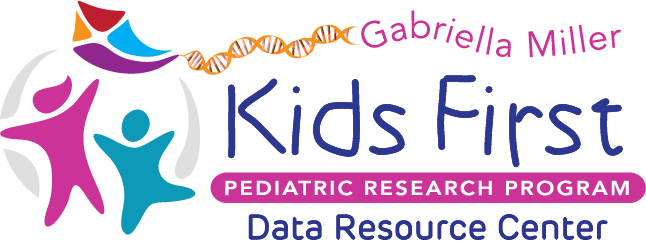While outcomes for children with T-cell acute lymphoblastic leukemia
(T-ALL) and T-lymphoblastic lymphoma (T-LL) have improved significantly
with contemporary therapy, outcomes for patients with relapsed or
refractory (r/r) disease remain dismal. Improved risk stratification and
the incorporation of novel therapeutics have the potential to improve
outcomes further in T-ALL/T-LL by limiting relapse risk and improving
salvage rates for those with r/r disease. In this review we will discuss
the challenges and new opportunities for improved risk stratification in
T-ALL and T-LL. We will further discuss the recent incorporation of the
novel therapeutics nelarabine and bortezomib into front-line therapy for
children with T-ALL and T-LL. Finally, we will address new classes of
targeted small molecule inhibitors, immunotherapeutics, and chimeric
antigen receptor T-cell therapies under investigation in r/r T-ALL and
T-LL.
facebookBlueskyLinkedIninstgramyoutubeFollow @kidsfirstdrc EMAIL KIDS FIRST Privacy Policy Cookies
The Kids First Data Resource Center (“DRC”) comprises partnered institutions supported by the NIH Common Fund under Award Number U2CHL138346 as part of the Common Fund’s Gabriella Miller Kids First Pediatric Research Program (“Kids First”). All content, terms and conditions and policies associated with the DRC Portal and Website (the “Services”) are produced by the DRC. The views and opinions of authors expressed on the Services do not necessarily state or reflect those of the National Institutes of Health (“NIH”) or the U.S. government. Furthermore, the NIH does not endorse or promote any DRC entity or any of its products or services nor guarantees the products, services, or information provided by the DRC.
© 2025 Gabriella Miller Kids First Data Resource Center. All rights reserved.






